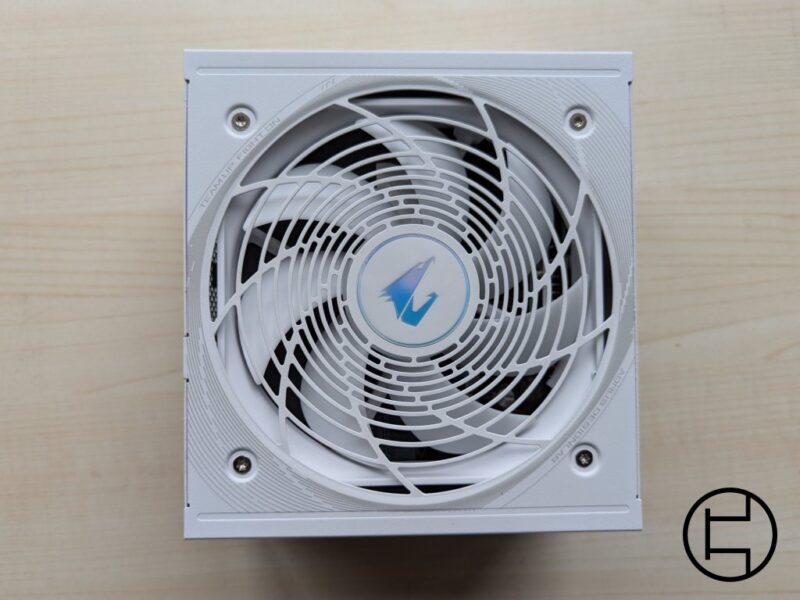In the past few days, a rumor has been circulating that Nvidia’s new codename Ada Lovelace (4000 series) could potentially require a 1500 W PSU. The numbers on the GPU itself range from 450 W to 850 W for the GPU alone. Today I want to debunk that theory.
User @Greymon55 on twitter has been speculating about the TGP (Total Graphics Power, a term invented by Nvidia themselves) being between the mentioned range. Personally, I think the confusion has come from the new ATX 3.0 specification requiring a 600-800w start-up transient test, which is not that closely related to the actual power consumption of the card. Even if testing is rough, also including a staggering 1500w transient test, this doesn’t mean you need a 1500 W PSU to power the next generation AD102 cards. The conclusion this is based off is also flawed
A power draw of 600 W means a power supply of at least 1200W, and 1500 W to be on the safer side. The GeForce RTX 4080 should be set with a 1000W power supply, but the RTX 4090/4090 Ti will require a 1200 W PSU at the very least.
(source: hardwaretimes)
The myth that you need double your power draw in PSU capacity likely originates from the 80+ specification, as this tests at 10, 20, 50 and 100% load. Out of these loads, all ATX units will show its highest efficiency at 50% load, but when you measure with 10% increments, you’ll see an almost linear trend between 30-80% load. There’s no point in overestimating the amount of capacity you need, and ironically can even hurt as a PSU is least efficient under low loads.
To see what the actual required capacity is for the next generation AD102, we need third party testing and validation, not simply some people making false rumors and letting these spread like wildfire. You simply wouldn’t be able to cool 600w+ on ambient cooling.
So to make a long story short, someone created a rumor that the next generation cards will consume 600w, likely based off the fact that ATX 3.0 requires transient testing that far, made it look like this is what the card is constantly consuming and then recommending double the wattage with some headroom “just in case”.


